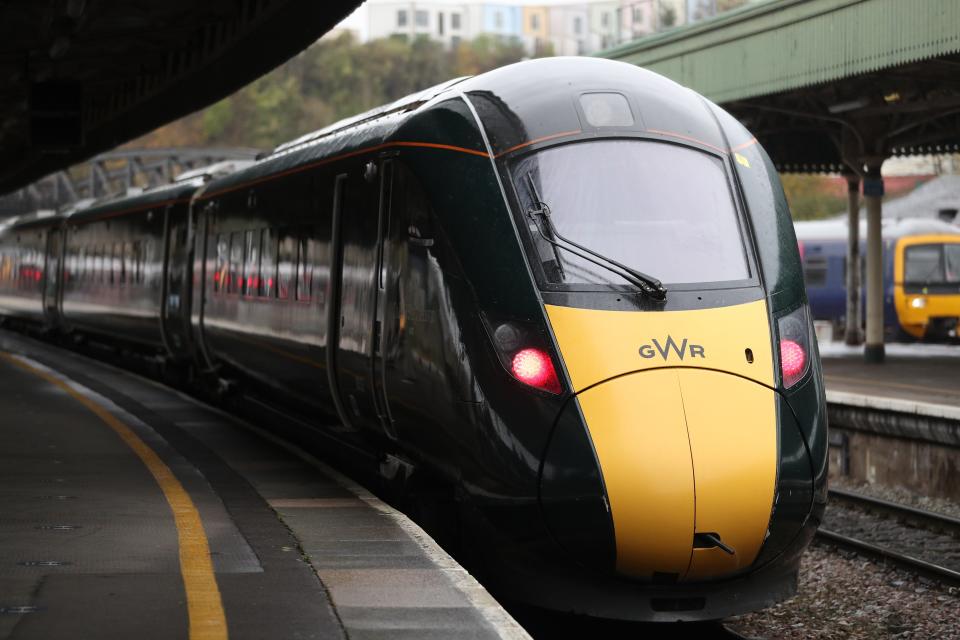How do flexible rail tickets work and how much do they cost?

The return to work is likely to see a lot of people become commuters again - at least for some of the working week.
The prospect of some commuters only travelling to work two or three times a week has led to the government introducing “flexi” season tickets.
The idea is to help commuters who previously would have paid for full season tickets and otherwise would have to buy much more expensive daily tickets.
The “flexi” tickets will allow them to travel for a certain number of days a month without booking in advance.
They went on sale today, Monday, June 21, and can be used from Monday, June 28, but already some experts are warning travellers not to expect big savings.
How do they work?
A flexi season ticket allows customers eight days of travel in 28 days between two named stations. Travellers do not have to say what days they will use the ticket.
They allow travellers to make unlimited journeys between the two stations, or between any station on their permitted route, on their days of travel, until 04.29 am the following day.
The tickets are not available in paper form and come as either a "smartcard", similar to the Oyster system, or a barcode ticket for smart phone users.
The flexi tickets are not be available in first-class or child options.
National Rail said "in most cases", travellers are able to use any operator between their start and end stations but the tickets cannot be used on Transport for London services, so commuters to the capital still need to pay for transport on arrival into the city.
How much do they cost?
The cost of a flexi season ticket varies, but the Government said they are ultimately cheaper for most customers who travel during peak times at least twice a week.
The Department for Transport said tickets have been priced "between an anytime day return and a seven-day season ticket", offering savings for commuters travelling at peak times two or three days a week.
Travellers using 16-17 Saver and Job Centre Plus travel discount cards are able to get half off their flexi season ticket, but no other railcards apply.
Are they worth it?
Analysis from the Department for Transport found two-day a week commuters could save over £250 a year travelling from Woking to London on a flexi ticket rather than buying daily tickets.
However, industry experts have warned the savings may not be enough to encourage workers back to the office.
Former transport minister Norman Baker, an adviser at Campaign for Better Transport, said the new tickets “do not appear to offer the kind of savings we had hoped for and are not comparable to the discounts for people commuting full-time”.
He added: “There appears to be no standard level of discount, and in some cases the flexible season ticket could end up being more expensive than the day return option.”
According to an online season ticket price calculator, a passenger commuting three days a week from Cambridge to London King’s Cross via any permitted route will pay £5,745.60 if they use the new tickets.
That is more expensive than an annual ticket (£5,388), but cheaper than using weeklies (£6,999.01) or monthlies (£6,207.60).
For a two-days-a-week commuter, the new flexible tickets are the cheapest option over a year.
Read More
New flexible train season tickets ‘won’t save me any money’
‘Flexible tickets for part-time commuters not saving enough’
Data ‘looking encouraging’ for July 19 reopening, says Matt Hancock

 Yahoo Finance
Yahoo Finance